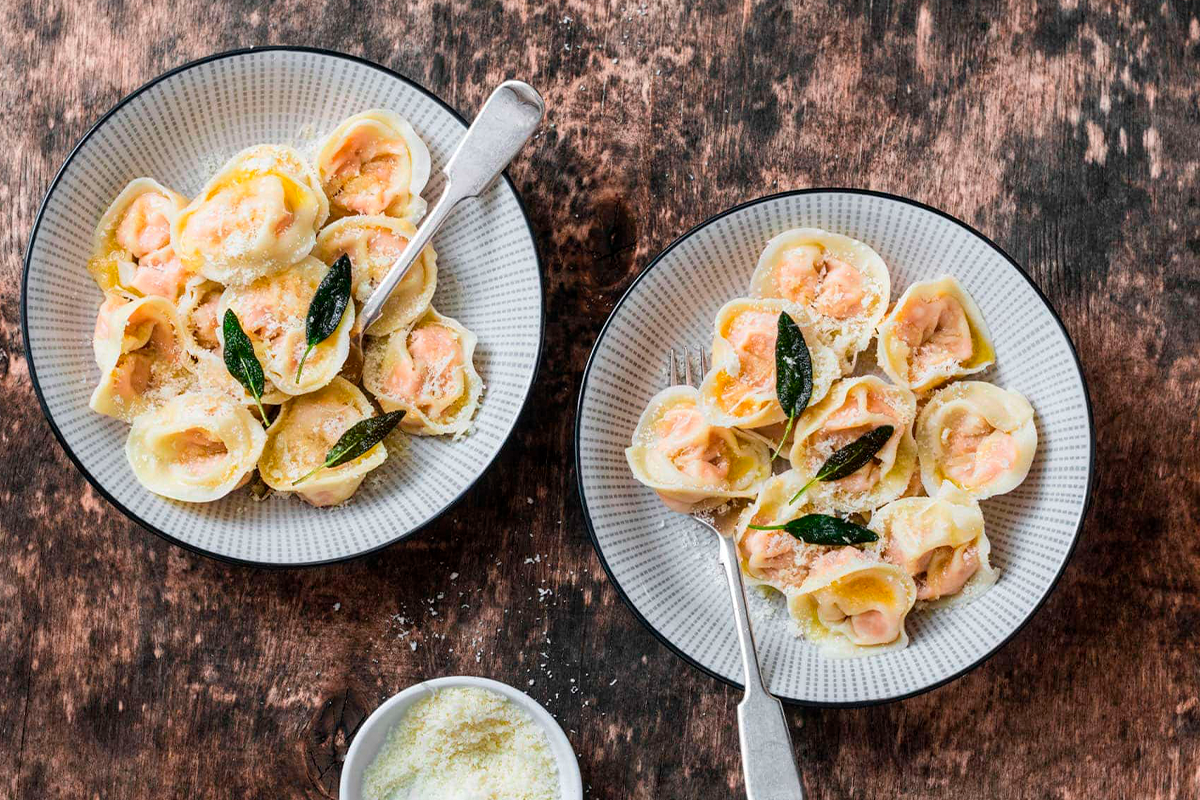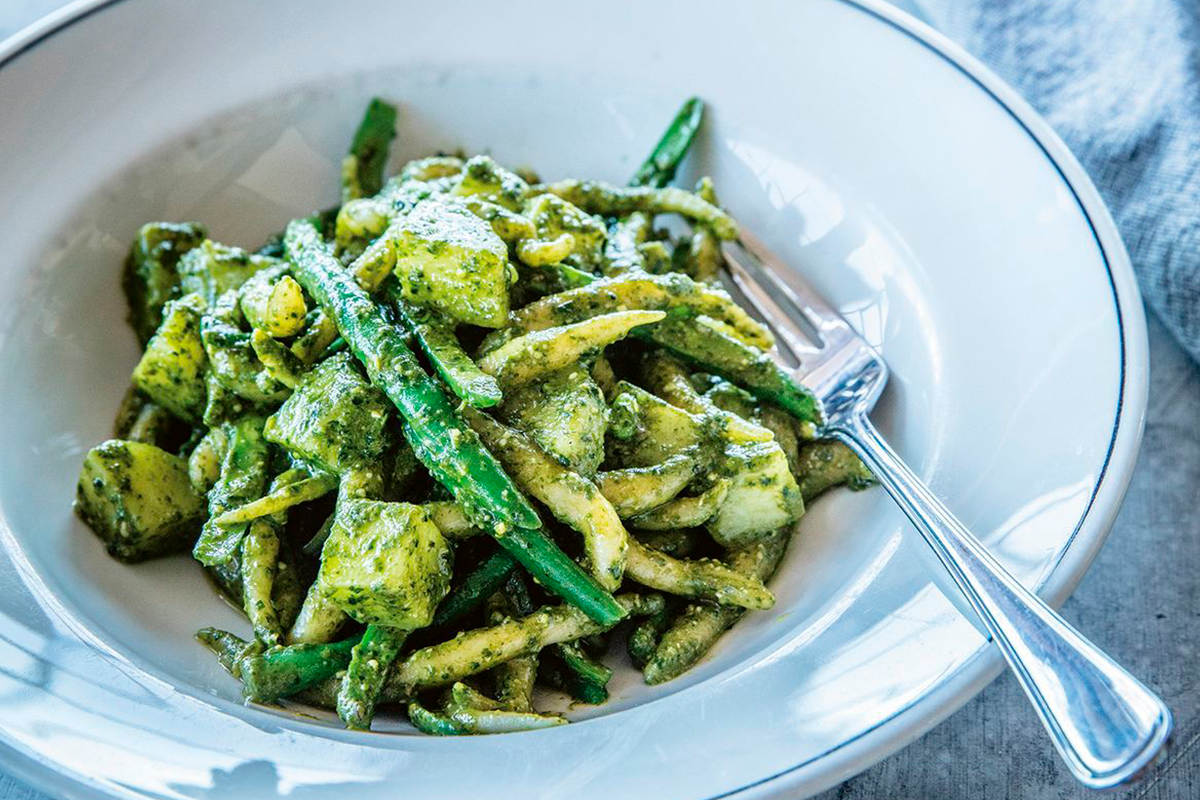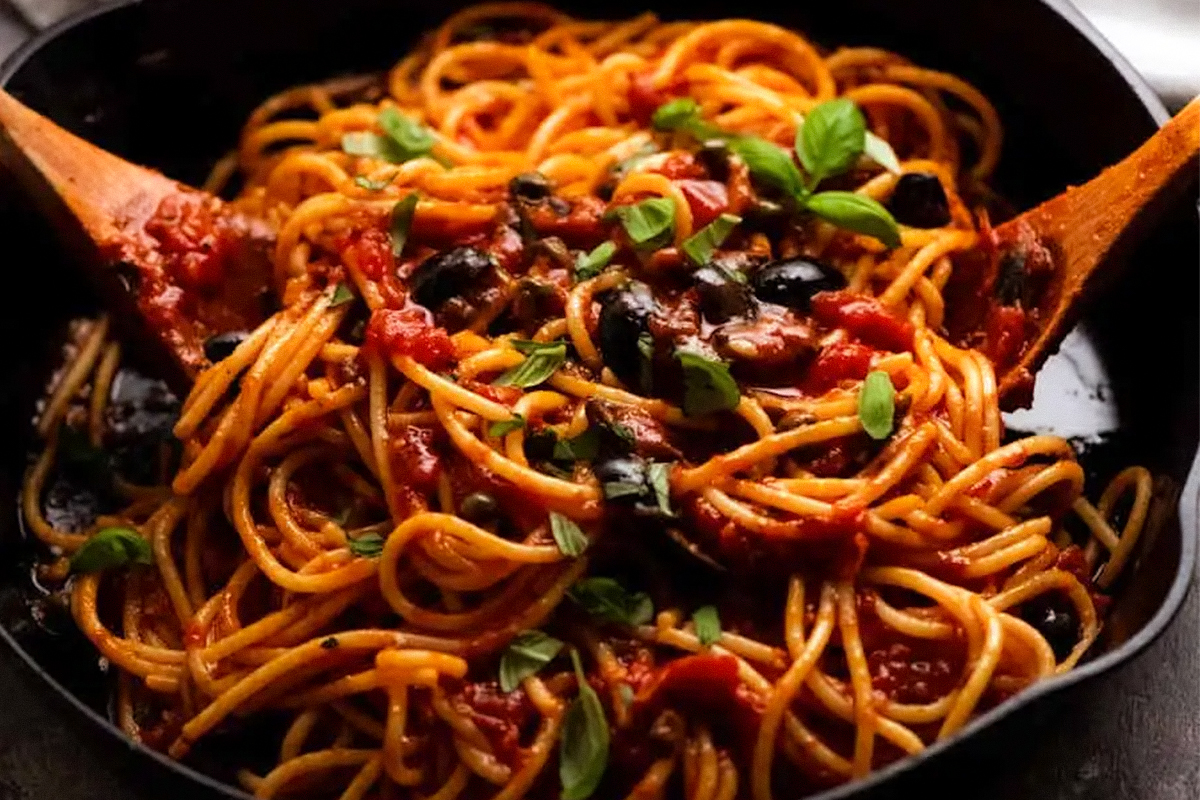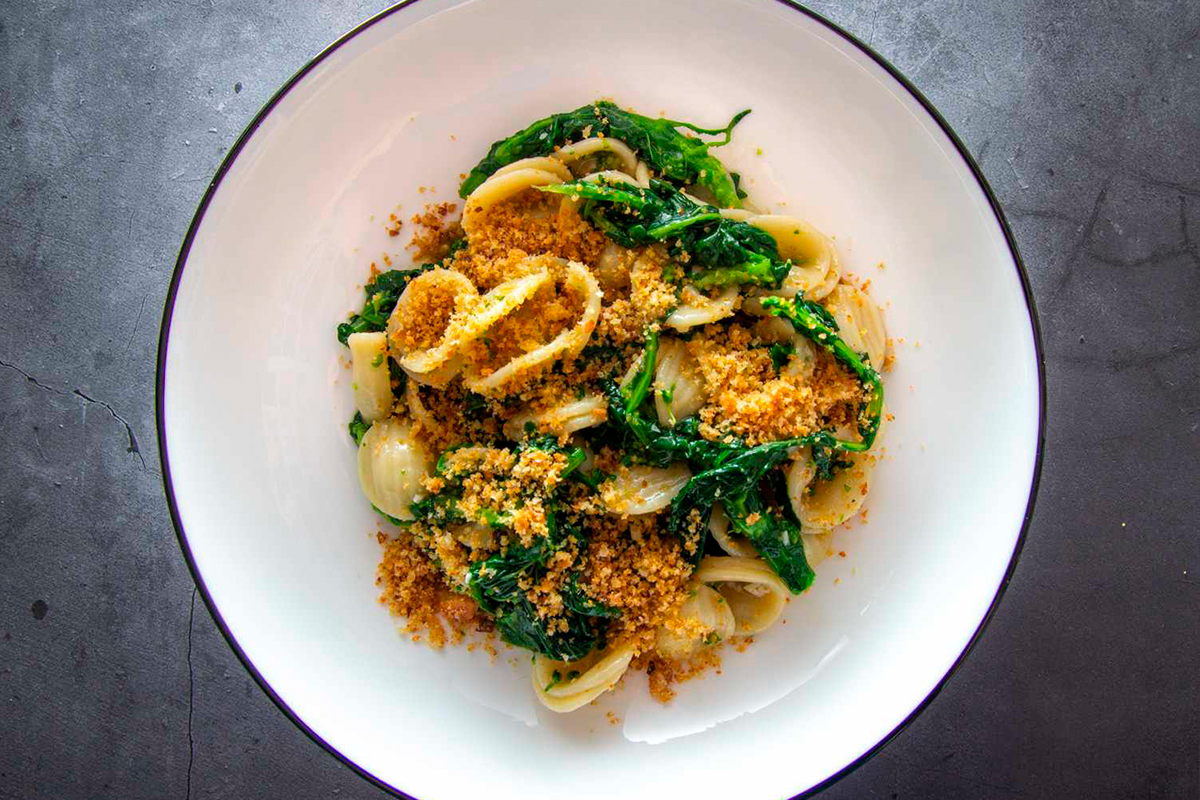Last October 25th we celebrated World Pasta Day. A day that began to be celebrated in 1998 with the aim of calling the attention of this popular and global food so consumed in the five continents. Rich, healthy, nutritious, sustainable and accessible, pasta is one of the pillars of the Mediterranean diet that was also recognized as Intangible Cultural Heritage of Humanity by UNESCO.
There are several theories about its exact origin. One of the most accepted says that Marco Polo introduced it to the Mediterranean in the 13th century after a trip to China. However, the Italians reject it. His own version says that the first Romans already used a very simple dough made of flour and water that would have given rise to pasta.
You can imagine that summarizing hundreds of years of gastronomic tradition and with it more than the 350 types of pasta that exist, would take us a long time. But this selection that travels the Italian peninsula from north to south through five distinctive pastas, will allow you to learn a little more about the history of this country and this food that is so present in our meals throughout the year.
Tortelli di zucca – Lombardy
Typical of the north, specifically Mantova, the Pumpkin tortelli are a banner of Lombard cuisine. It is a rectangular-shaped egg pasta, with a creamy filling of baked pumpkin, amaretti (famous almond-flavoured biscuits), mustard, Parmesan cheese and nutmeg. Which are usually served with a sauce of melted butter, sage, and plenty of Parmesan cheese. This dish is believed to have originated in the Renaissance period after pumpkin, as well as corn, potatoes, and tomatoes, were introduced to post-war Italy by the first Spanish colonist of America. Pumpkin would have acclimatized very well in the Po Valley, where it ripes between the months of September and November. Thus, it gave rise to dishes such as Tortelli di zucca, which are traditionally served as a first course in Lombardy homes for Christmas dinner. Its slightly sweet, salty, spicy and herbal flavour, in addition to its creamy and delicate texture, make it the perfect dish to accompany a wine such as Amelia Chardonnay.

Trofie – Liguria
The trofie are a particular pasta from the Liguria area that is characterized by its long, curly and thin shape, whose origins are in Sori, the province of Genoa. Industrialized only 50 years ago, this pasta used to be handmade by housewives who sold their fresh pasta, made from flour and water to trattorias or restaurants. They gave the pasta its irregular shape thanks to the help of a kind of wooden needle. 50 years ago, however, some growers decided to expand their trade with unexpected success and rapid spread. So much, that it was necessary to develop a machine to produce them in a short time. The result was a dry pasta that can be transported anywhere and stored for long periods of time. Which was also helped by the incredible success of the Genoese pesto, perhaps the best sauce for this pasta, in addition to potatoes and if they are in season, green beans. In Italy this dish is accompanied by a white, dry and herbal wine, such as Vermentino de Liguria, which you can perfectly substitute for Terrunyo Sauvignon Blanc.

Fettucini alla Puttanesca – Naples
Typical of the central area of Italy, in Naples, it is impossible not to mention this sauce so recognized by its name: “whore’s style”. Based on tomato, black olives, dried chillies, garlic, olive oil and anchovies, this sauce is used to accompany all kinds of pasta. There are several theories about its origin. One of them says that, during the Middle Ages, the prostitutes of Naples prepared this dish between client and client to recover energy. But for lack of time and energy, they cooked with the first thing they found. It is also said that the fishermen of Naples sometimes paid with salted fish, especially anchovies, and this is how the women began to prepare this sauce. Anyway, it is probably one of the most famous in the world. Whether with fettuccine, spaghetti or ravioli, do not forget to accompany it with a glass of red wine, ideally Syrah or Merlot. Are you up for it? Gravas del Maipo Syrah is an excellent option.

Orecchiette – Puglia
This symbolic dish of Puglia is a pasta that is prepared with a very simple base of water, durum wheat and salt. Whose round and concave shape, similar to small ears, gives it its name: “orechiette”. As with most pasta, there are several stories about how they were born, however they all point to the medieval period between the 12th and 13th centuries. The theories speak of influences from the French, Jews and the Angevins, a dynasty that ruled Puglia and Basilicata in the 13th century, a time when they would have introduce this pasta. Regardless of their true origin, there is no doubt that the most traditional way to eat them in Puglia is alle cime di rapa. These are the green leaves of a turnip top that is sautéed with olive oil, garlic, chilli and anchovies, which are served with the orecchiette. A dish that pairs especially well with Casillero del Diablo Pinot Grigio.

Penne rigate with Pistachio pesto from Bronte – Sicily
On this beautiful island in southern Italy, perhaps one of the poorest regions of the country, dry pasta is more common as it is cheaper than egg pasta. But this does not mean that it has less value. On the contrary, because in Sicily there are incredible fruits with a designation of origin (D.O) such as the renowned Pistachio de Bronte that grows in the lava soils of the Etna volcano. Its particular emerald green colour and a strong smell that distinguishes it, are key in the traditional preparation of Pistachio pesto from Bronte, where it is mixed with extra virgin olive oil, basil, Parmesan cheese, garlic, pepper and salt. Which can be served with any dry pasta, although it works very well with penne rigate. To better enjoy it, I recommend that you try it with a glass of Casillero del Diablo Viognier.







